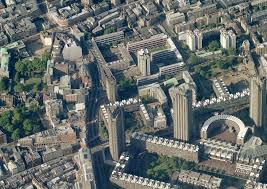
Historical, political or economic context in which the plan/project is proposed The Barbican Estate was one of the largest and most ambitious urban and housing estates built within the English Cities in the Post-war Period. Placed in the City of London, in a wide bombed and abandoned area, the Barbican comprises dwellings, offices, a huge …
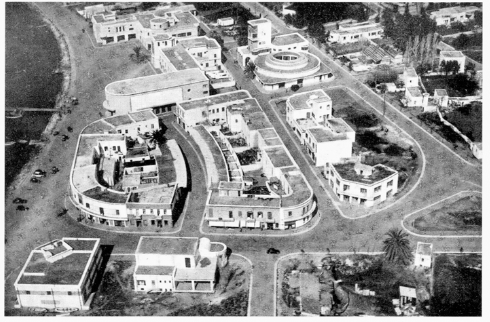
Historical, political or economic context in which the plan/project is proposed Portolago is designed during the same period Sabaudia was planned in mainland Italy. Is part of the New Towns’ and small settlements’ program — città di nuova fondazione — of the fascist regime. Portolago, together with Guidonia (in mainland Italy), are towns built not …

Historical, political or economic context in which the plan/project is proposed More than 100 New towns (città di nuova fondazione) and new small settlements (borghi) have been planned and built by the fascist regime in the 1930s and early 1940s in Italy and its colonies. Many of them have been praised for their urban design, …
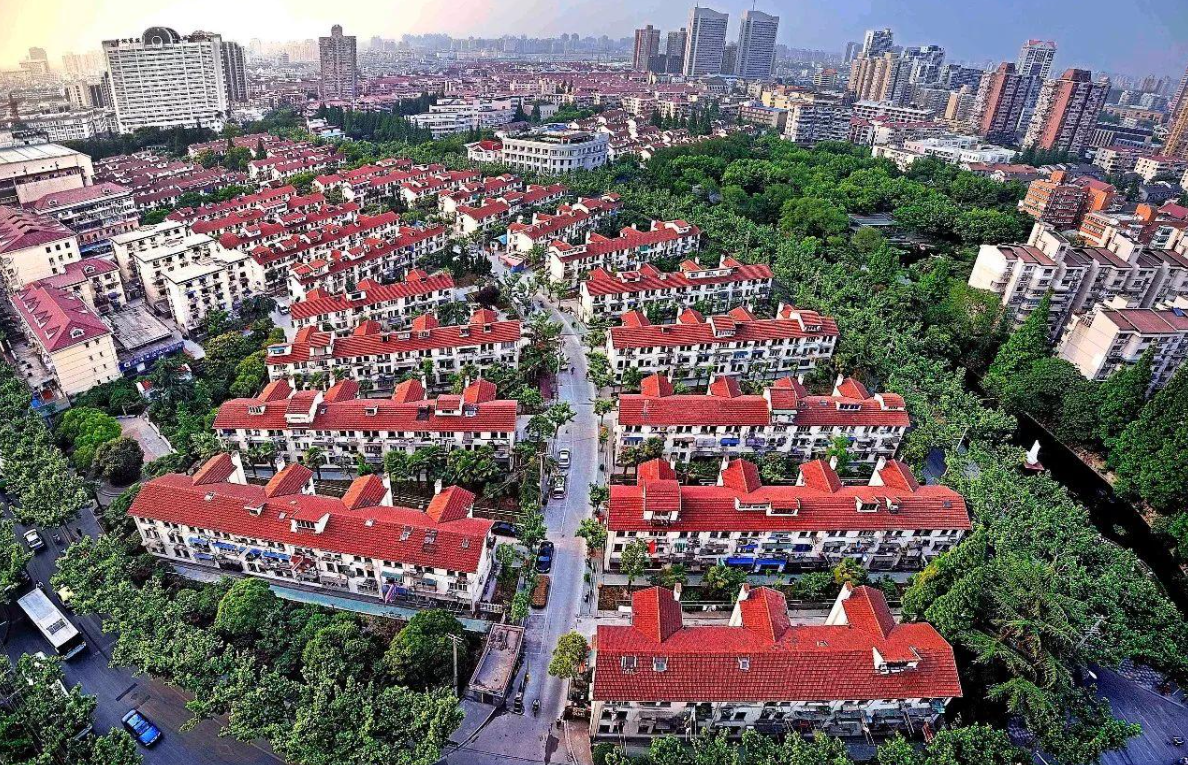
Historical, political or economic context in which the plan/project is proposed Due to the population growth, Caoyang New Village was designed and built to accommodate the model workers in the early 1950s, which was just the establishment of People’s Republic of China. It was the first housing project for working class. When the project was …
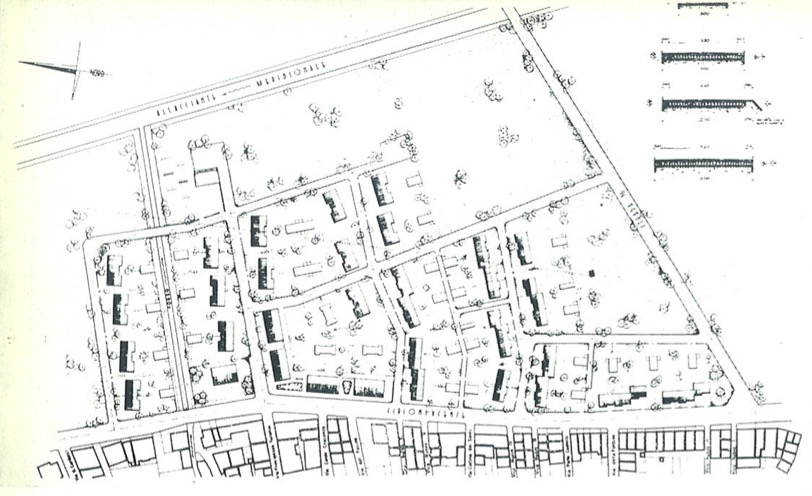
Historical, political or economic context in which the plan/project is proposed Trasacco is the third settlement of the land reclamation scheme for the Fucino area after Borgo 8000 and Caruscino. Designed by Engineer Marcello Vittorini, the settlement is the extension of the historic village of Trasacco originally located on the shore of the lake Fucino. …
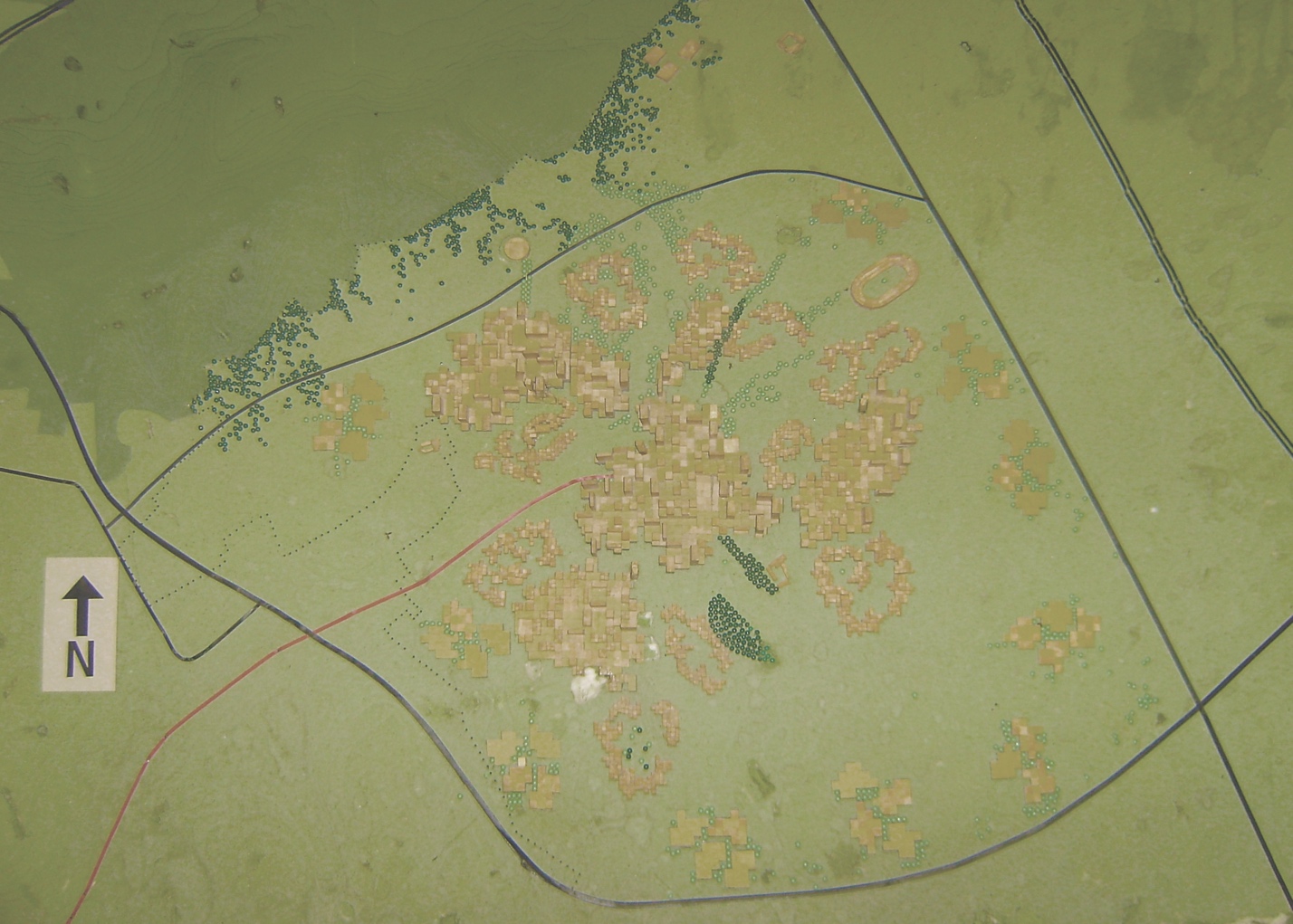
Historical, political or economic context in which the plan/project is proposed The new town of Louvain- la-Neuve is the result of the governmental decision to separate Belgium into two areas, one FlemishSpeaking and one French-speaking, in the 1960s. Consequently, a new French section of the bilingual Catholic University of Louvain (1425) had to be founded: …

Historical, political or economic context in which the plan/project is proposed Reconstruction plan; the plan for the rehabilitation of Arles provides for building ‘thinning’ operations within the architectural area of the old city, respecting the ‘character’ of the ancient city. The project is entrusted to Pierre Vago (1946) appointed architecte en chef de la Reconstruction …
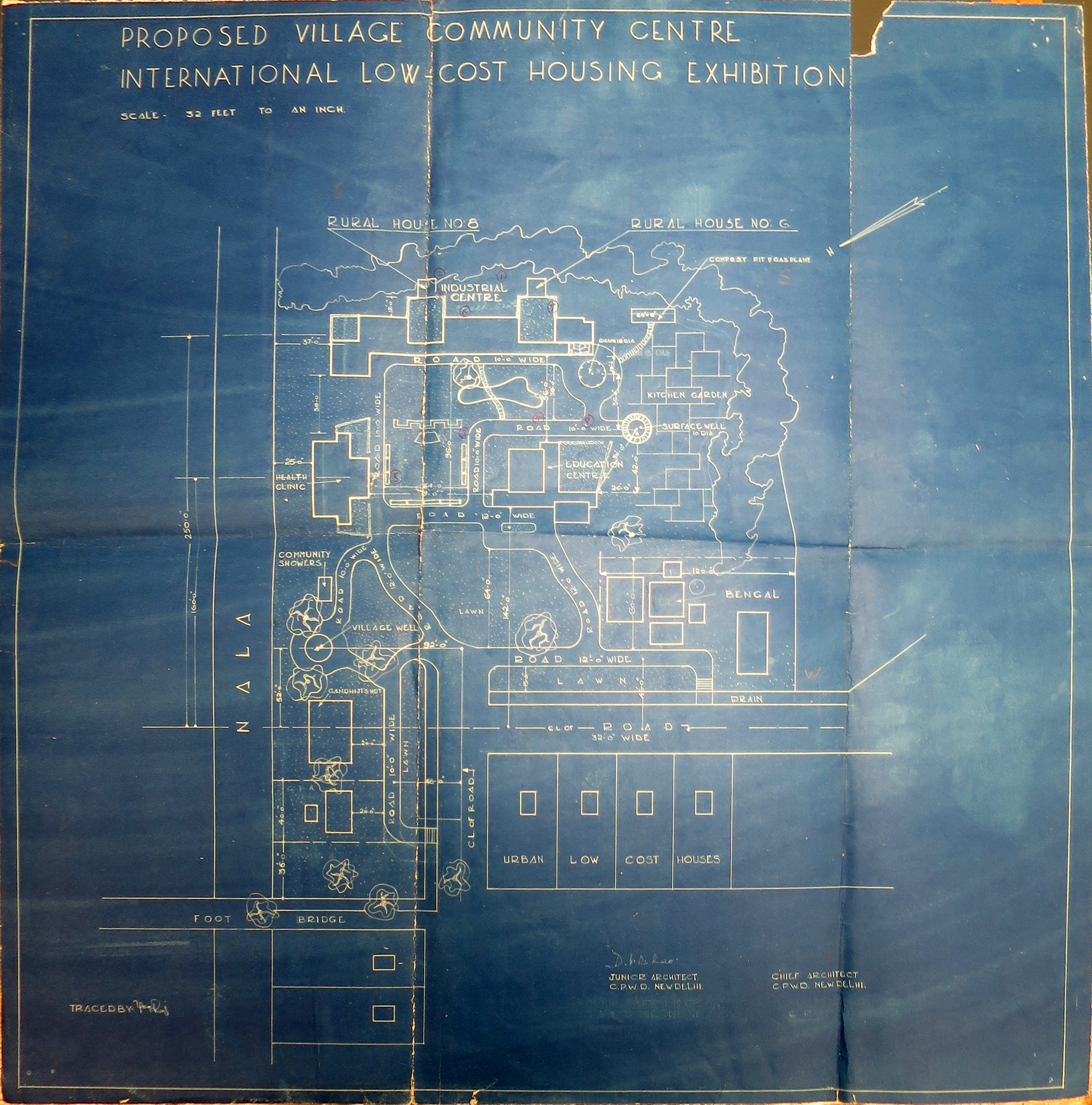
Historical, political or economic context in which the plan/project is proposed The Model Village exhibition was organized by Jaqueline Tyrwhitt within the context of The International Seminar and Exhibition on Low-Cost Housing and Community Improvement that took place in Delhi in 1954. The “live architecture” exhibition featured life-size models of low-cost housing – both rural …
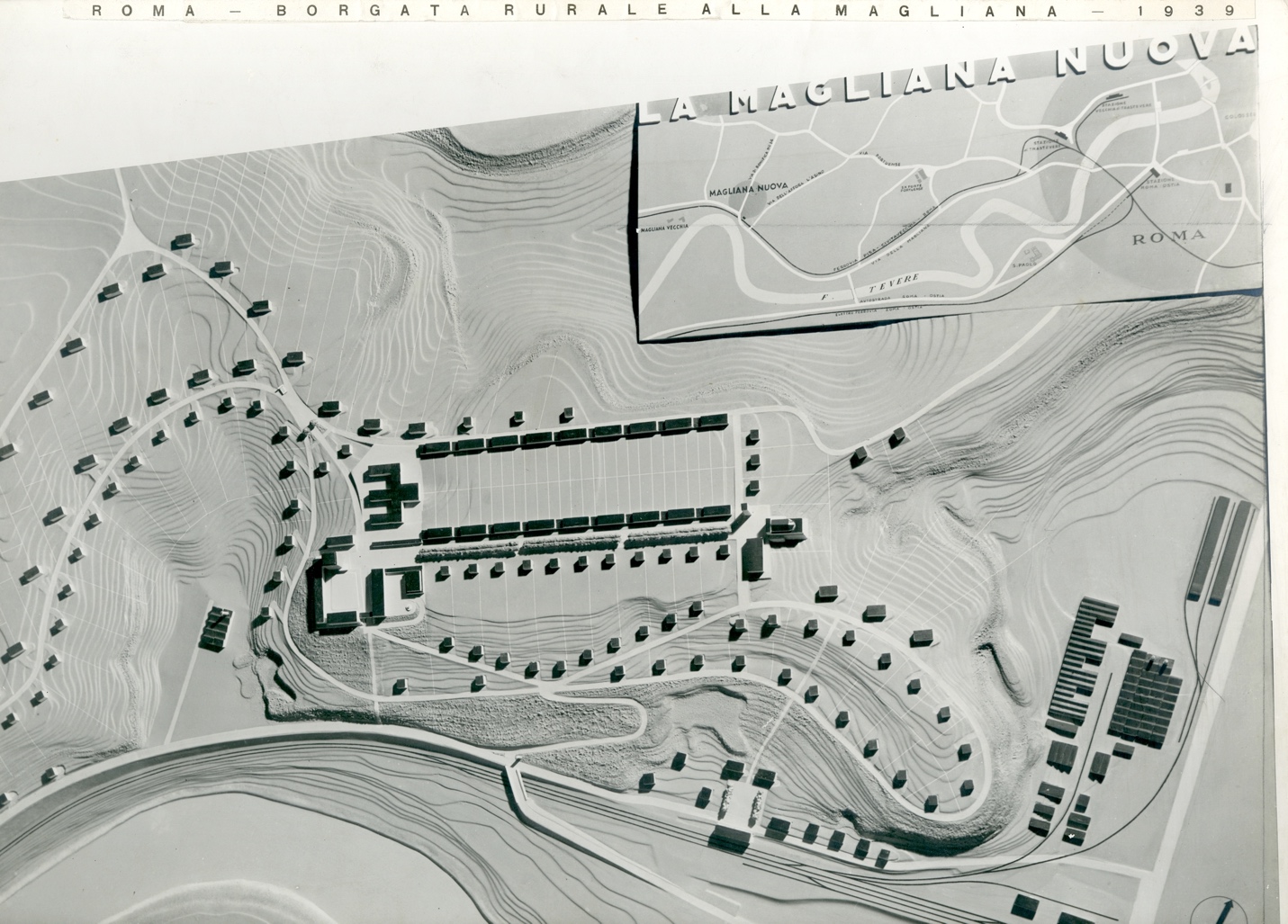
Historical, political or economic context in which the plan/project is proposed In 1937, the entrepreneur Gaetano Maccaferri proposed to Mario De Renzi to design a neighborhood for the workers of his steel plant. This urban-rural village, not built due to the war, while referring to the anti-urban ideology promoted by fascism, wants to represent an …

Historical, political or economic context in which the plan/project is proposed Urban Redevelopment. The Hellenikon site presents a great challenge because of its potential role in the life of Athenians. It is unique both in its scale (5.700.000 m2 liberated by the relocation of the Athens airport) and its location along a touristic coast line …










